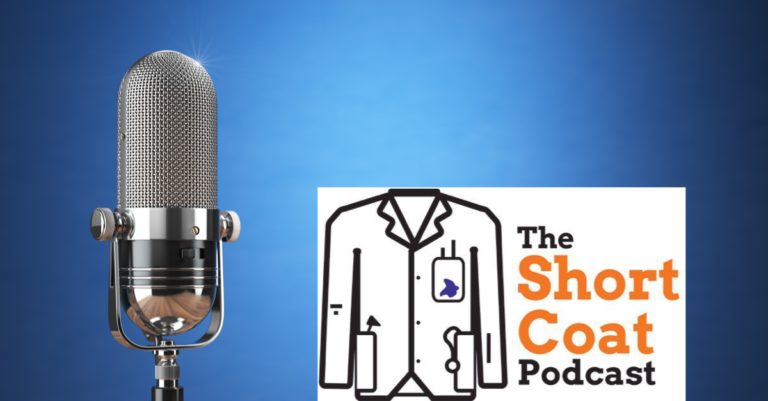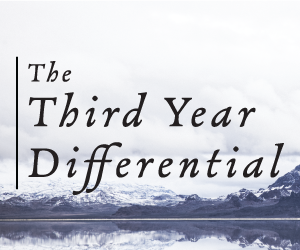Q&A with Dr. Farrah Fong, Family Medicine
Dr. Farrah Fong is a third year family medicine resident at Rutger’s/Robert Wood Johnson Medical ... Read more
Written by: Emily Millet
Published on: March 15, 2019
Dr. Farrah Fong is a third year family medicine resident at Rutger’s/Robert Wood Johnson Medical ... Read more
Written by: Emily Millet
Published on: March 15, 2019

One of the most exciting experiences during medical school is selecting the specialty in which ... Read more
Written by: Andrew Lee
Published on: February 22, 2019

“0600. I’m biking from my home to see a patient with a bleeding gastric ulcer. ... Read more
Written by: John "Brewer" Eberly, Jr
Published on: October 17, 2018

Medical students are bombarded with decisions regarding what they want to do with their lives, ... Read more
Written by: Adelle
Published on: September 17, 2018

How to Think About Med Schools’ Primary Care Statistics Listener Lavender BloodPoison (not their real ... Read more
Written by: The Short Coat Podcast
Published on: March 30, 2018

Dr. Perri Klass is a pediatrician and journalist for the New York Times, an author, ... Read more
Written by: Gloria Onwuneme
Published on: January 31, 2018

Republished with permission from here. The future of American health care remains uncertain. It was ... Read more
Written by: Matt Agritelley
Published on: June 28, 2017

Central to the skillset of every physician is the differential diagnosis; this is the process by which ... Read more
Written by: Brent Schnipke
Published on: March 27, 2017

If you’re applying to medical school this year, you’re probably starting to think about what ... Read more
Written by: AAMC Staff
Published on: March 9, 2017

The advent of the Affordable Care Act was meant, in part, to help to increase ... Read more
Written by: Brian Wu
Published on: March 31, 2016

Some people develop the passion for medicine at an early age. Michael Clearfield, DO, was ... Read more
Written by: Suzanne Barston
Published on: March 30, 2016

Everyone seems to be talking about Accountable Care Organizations (ACOs). From New York to Los Angeles, the new ... Read more
Written by: Rick Pescatore
Published on: February 24, 2012